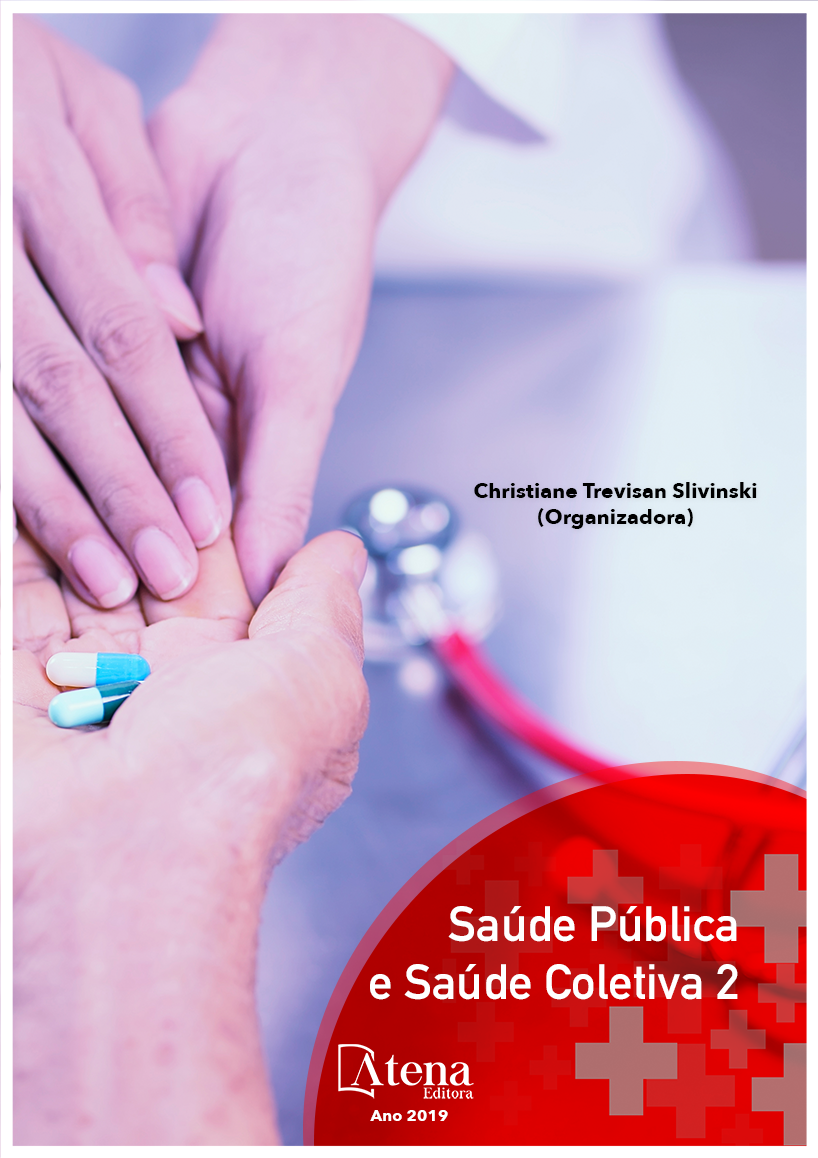
CARACTERIZAÇÃO DA POPULAÇÃO ATENDIDA PELA ESTRATÉGIA SAÚDE DA FAMÍLIA EM RELAÇÃO AO CONSUMO DE ÁLCOOL
Objetivo: caracterizar o consumo de
álcool da população atendida pela Estratégia
Saúde da Família e identificar o efeito da
abordagem da intervenção breve nos indivíduos
que fazem uso de álcool de forma prejudicial.
Método: estudo transversal e analítico, realizado
em duas etapas: aplicação do instrumento
Alcohol Use Disorders Identification Test
(AUDIT), e um questionário aplicado após a
intervenção breve. Utilizou o programa IBM
SPSS Statistics. Resultados: 17,2% fazem
uso nocivo de álcool e 21,9% são prováveis
dependentes. No que tange à Intervenção
Breve esta foi aplicada nos entrevistados que
fazem uso nocivo de álcool ou são prováveis
dependentes. Conclusão: É essencial que
os profissionais de saúde pensem no Audit
como um facilitador da prevenção de agravos,
promoção e proteção da saúde.
CARACTERIZAÇÃO DA POPULAÇÃO ATENDIDA PELA ESTRATÉGIA SAÚDE DA FAMÍLIA EM RELAÇÃO AO CONSUMO DE ÁLCOOL
-
DOI: 10.22533/at.ed.6191911033
-
Palavras-chave: Alcoolismo; Atenção Primária à Saúde; Saúde Pública; Centros de Saúde.
-
Keywords: Alcoholism, primary health care, health centers, public health
-
Abstract:
Objective: to characterize the
alcohol consumption of the population served
by the Family Health Strategy and to identify
the effect of the brief intervention approach on
individuals who use alcohol in a harmful way.
Method: cross-sectional and analytical study,
carried out in two: application of the Alcohol Use
Disorders Identification Test (AUDIT), and a
questionnaire applied after the brief intervention.
He used the IBM SPSS Statistics program.
Results: 17.2% of the interviewees do harmful
use and 21.9% are likely to be dependent.
Concerning Brief Intervention, this was applied
to interviewees who use harmful alcohol or are
likely dependent. Conclusion: It is essential that
health professionals think of the Audit as a facilitator of disease prevention, health
promotion and protection.
-
Número de páginas: 15
- Tâmara Silva de Lucena
- Jorgina Sales Jorge
- Ruth França Cizino da Trindade
- Ana Cristina Teixeira Santos
- Jairo Calado Cavalcante
- Yanna Cristina Moraes Lira Nascimento


